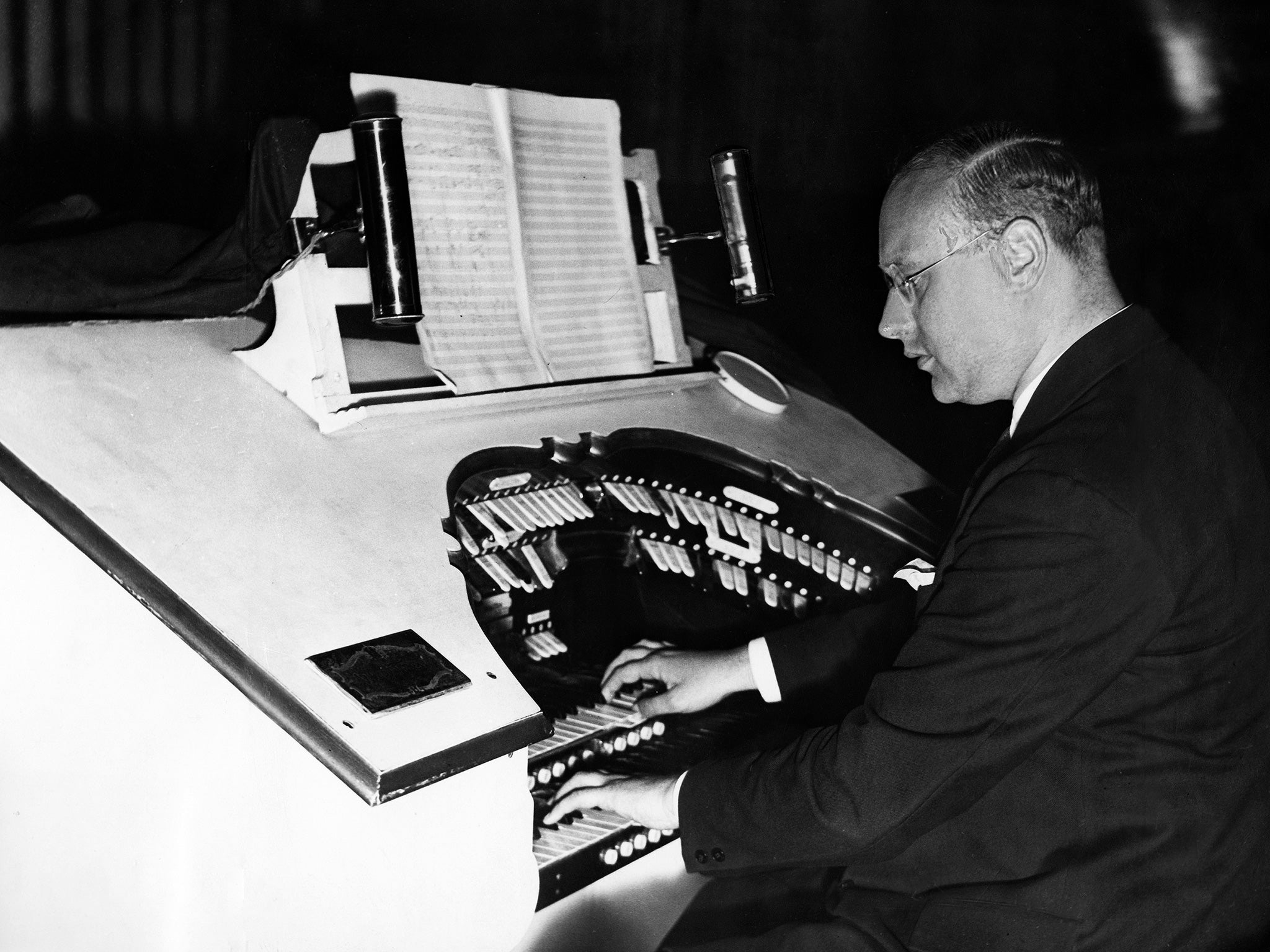Wurlitzer pipe organ: Historic instrument sounds again in UK cinema after 55-year absence
Restored cinema organ from the 1930s has been installed in east London

Your support helps us to tell the story
From reproductive rights to climate change to Big Tech, The Independent is on the ground when the story is developing. Whether it's investigating the financials of Elon Musk's pro-Trump PAC or producing our latest documentary, 'The A Word', which shines a light on the American women fighting for reproductive rights, we know how important it is to parse out the facts from the messaging.
At such a critical moment in US history, we need reporters on the ground. Your donation allows us to keep sending journalists to speak to both sides of the story.
The Independent is trusted by Americans across the entire political spectrum. And unlike many other quality news outlets, we choose not to lock Americans out of our reporting and analysis with paywalls. We believe quality journalism should be available to everyone, paid for by those who can afford it.
Your support makes all the difference.Inside the darkened auditorium of the Troxy in Stepney, east London, it sounds as though an orchestra is in full swing. But the tremendous noise, which seems to be emanating from the very walls of the Art Deco cinema, is being made by one man playing a remarkable and historic instrument.
With four keyboards, hundreds of levers and a bewildering array of pedals, the gleaming white and gold Wurlitzer pipe organ in the centre of the stage is the first such instrument to be installed in a major UK cinema since the 1930s – and it has given its debut performance.
Built in the United States in 1930, the instrument was shipped across the Atlantic to London where it entertained audiences at the Trocadero in Elephant and Castle. But it was removed in 1960 when the building stopped functioning as a cinema. It is owned by the Cinema Organ Society, which in 2010 selected the Troxy as a suitable venue and has since raised £275,000 through donations, bequests and grants to finance its relocation.
On Saturday night two organists played a selection of light orchestral pieces as well as old favourites by George Gershwin, Cole Porter, Noël Coward and Ivor Novello. “It’s stunning,” said Andrew Barham, one of the team that has been working on the organ. “When there are no chairs and just the dance floor, it blows your socks off.”
The extraordinary power of this Wurlitzer comes not only from its size – it has 1,778 pipes capable of accurately replicating every orchestral instrument one can think of – but also because the engineers chose to hide them behind ornate panels at either side of the stage, giving a truly stereo sound.

The cinema organ was invented in Britain by Robert Hope-Jones and was originally designed to accompany the silent films of the time. It is different from a traditional church organ as its pipes imitate orchestral instruments, with the controller also able to trigger sound effects such as sleigh bells, bird whistles and the clip-clop of horses’ hooves when the action demands them.
John Abson, project manager at the Cinema Organ Society, said the instrument produces “a sound you can’t get anywhere else”, and is “very close” to how it would have sounded to cinemagoers 80 years ago. In fact, it is likely to be even better, as the original Wurlizters were often installed in a rush, with little regard to a building’s acoustics. “There aren’t many venues like this in London,” he said.
Going into one of the pipe rooms is like stepping inside a giant speaker. The shape and length of the pipes dictates their sound: the largest are 16ft long and sound like foghorns, while others are almost as thin as a pencil. Giant, hissing bellows ensure that the air feeding the pipes is kept at a constant pressure.
One of last night’s performers was the organist Richard Hills, who is also a musical adviser to the society. He said that learning to master the vast array of instruments at the Wurlitzer’s disposal was a daunting task. In the 1920s and ’30s, he added, the quality of a silent movie was “very much down to the creativity of the organist”, and would vary enormously from venue to venue.
Enjoy unlimited access to 100 million ad-free songs and podcasts with Amazon Music
Sign up now for a 4 month free trial (3 months for non-Prime members)
Enjoy unlimited access to 100 million ad-free songs and podcasts with Amazon Music
Sign up now for a 4 month free trial (3 months for non-Prime members)
“You have to know the film inside out and be able to anticipate the cues. If there’s a piece of drama that happens suddenly, you can’t be a second late with the musical accompaniment or it would look silly.”
The Troxy is now planning silent-movie nights, allowing 21st-century audiences to step back in time to an era when all cinema music was played live.
“It’s one of the things I enjoy the most, because it’s the most creative – you get to steer people’s emotions and involve them in the cinema-going experience; playing a solo organ concert doesn’t give you that,” said Mr Hills. “The connection between the audience and the organist is much more intense. When it’s done well, I think it’s one of the highest art forms out there.”
Join our commenting forum
Join thought-provoking conversations, follow other Independent readers and see their replies
Comments